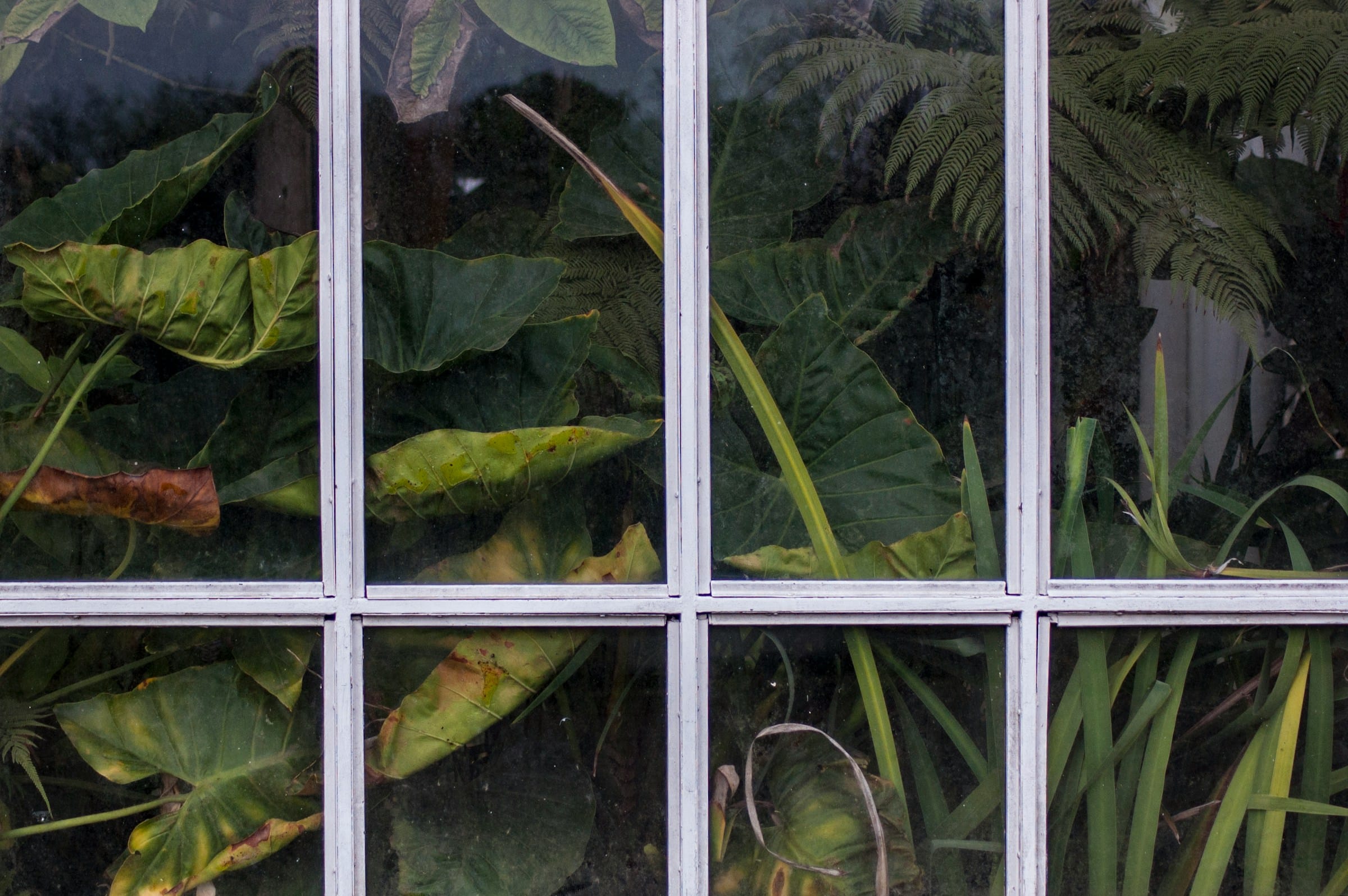Which Foliage Plants Are Most Effective for Purifying Air in UK Homes?

The air inside our homes isn't always as clean as we'd like to believe. In fact, according to the U.S. Environmental Protection Agency, indoor air can be up to five times more polluted than outdoor air. Fortunately, having certain indoor plants can help. These green gems not only beautify your space, but they also have the ability to purify the air. But with so many types of houseplants available, which ones are the most effective at purifying air in UK homes?
Let's embark on a journey through the lush world of indoor plants. We'll examine their air-purifying capabilities, how to care for them, and how they can help enhance the aesthetic appeal of your home.
A découvrir également : What's the Best Method to Create a Sustainable Living Wall in a UK Office?
The Power of Plants in Purifying Air
The ability of plants to purify air is not just a myth. In the late 1980s, NASA conducted a study to explore how plants can improve indoor air quality. It was discovered that certain houseplants can remove harmful substances like formaldehyde, benzene, and trichloroethylene from the air. These chemicals are commonly found in furniture, cleaning products, building materials, and even the air we exhale.
How do they do this? Plants absorb these harmful substances through their leaves, and then the toxins are transported to the plant’s roots where they’re transformed into nutrients. This process not only helps to cleanse the air but also promotes the growth of the plant. So, which plants excel at this?
Avez-vous vu cela : How to Design a Low-Energy Water Feature in a UK Eco-Garden?
Best Air-Purifying Indoor Plants for UK Homes
Choosing the right indoor plant is not just a matter of preference. It requires careful consideration of the plant's needs and the conditions in your home. Here are some of the best air-purifying plants that can thrive in UK homes.
Spider Plant (Chlorophytum comosum): This is a great beginner plant. They are easy to care for and can tolerate a wide range of light conditions. Spider plants are known to remove formaldehyde and xylene from the air, making your indoor environment healthier.
Palm Trees: Palm trees, especially the Areca and Lady Palm, are effective at purifying the air. They are known to remove formaldehyde, benzene, and trichloroethylene from the air. These palms prefer bright, filtered light and well-drained soil.
English Ivy (Hedera helix): This plant is excellent at removing formaldehyde from the air. It can thrive in both bright and low-light conditions, and prefers cooler temperatures.
Garden Mum (Chrysanthemum morifolium): NASA’s study found this plant to be the champion of air-purifying plants. It removed ammonia, benzene, formaldehyde, and xylene from indoor air. They require bright light, so are perfect for a sunny windowsill.
How to Care for Your Air-Purifying Plants
While these plants are hardy, they still require a certain level of care to thrive. Most air-purifying plants prefer well-drained soil and indirect light. Over-watering is a common mistake that can lead to root rot and eventually kill the plant.
As a general rule, water your indoor plants when the top one inch of soil is dry. Most houseplants also appreciate a bit of humidity, especially during the dry winter months. This can be achieved by misting the leaves or placing the plant on a tray of pebbles filled with water.
Enhance Your Indoor Garden with Stylish Display
Having plants in your home is not just about improving air quality. They can also enhance your interior décor. Create an indoor garden by mixing different types of plants. You could position tall palms behind smaller flowering plants to create depth and interest. Alternatively, use hanging planters for plants like the spider plant, which has attractive arching leaves.
To showcase individual plants, an attractive stand or pedestal can work well. For a modern look, consider using white ceramic pots or geometric planters. Remember, the pot should have good drainage to keep your plant healthy.
Incorporating indoor plants into your home not only brings a touch of nature indoors but also significantly improves the air quality. Choose from spider plants, palms, English ivy, or garden mums, and you're not just adding greenery to your home, you're creating your very own indoor oasis. So, why not breathe a little easier and add some of these air-purifying plants to your indoor living space today?
Additional Air-Purifying Plants to Consider
There are several other air purifying houseplants that are perfect for cleaning the air in UK homes. These are not just hardy and low-maintenance, but they also add a touch of beauty to your interior decor. Let's take a look at them.
Snake Plant (Sansevieria trifasciata): This plant is a popular choice among homeowners as it's known for its ability to survive in low light and drought-like conditions. Snake plants are great air purifiers as they can remove toxins like benzene, formaldehyde, xylene, and nitrogen oxides from the air.
Peace Lily (Spathiphyllum): The peace lily is not just a beautiful plant, but it is also a powerful air purifier. It filters out harmful toxins like formaldehyde, benzene, and trichloroethylene. This plant prefers medium to low light and high humidity, making it a suitable choice for UK homes.
Aloe Vera: This plant is a powerhouse when it comes to benefits, thanks to its medicinal properties and air-purifying abilities. It helps clear formaldehyde and benzene, which are often a byproduct of chemical-based cleaners, paints, and more.
Weeping Fig (Ficus benjamina): Known for its glossy, green foliage, the weeping fig is a wonderful addition to any indoor garden. It's a robust plant that can purify air by removing pollutants like formaldehyde, xylene, and toluene.
Kentia Palm (Howea forsteriana): This palm tree is one of the most elegant and hardy houseplants. It thrives in indirect light, making it a perfect indoor plant. The kentia palm is known to purify air by removing harmful toxins like benzene and formaldehyde.
Conclusion: The Power of Indoor Plants
Clean indoor air is fundamental for maintaining good health. While it's nearly impossible to eliminate all sources of indoor air pollution, incorporating air-purifying plants into your home environment is certainly an effective way to combat this issue. From the classic spider plant to the elegant kentia palm, these green beauties are not only low maintenance but also improve the quality of your indoor air.
Remember, choosing the right plant is key, and you need to consider the light conditions, temperature, and humidity levels in your home. With proper care and placement, your indoor plants will thrive, making your home a cleaner and healthier place.
Embrace the power of indoor plants; they are nature's own air purifiers. They not only liven up your space with their beauty but also provide the added benefit of purifying your home's air. Go ahead and add these green gems to your home for a breath of fresh air. So, are you ready to transform your home into a lush, green space that promotes better air quality?
